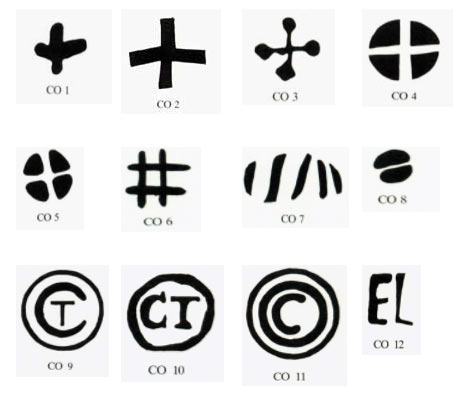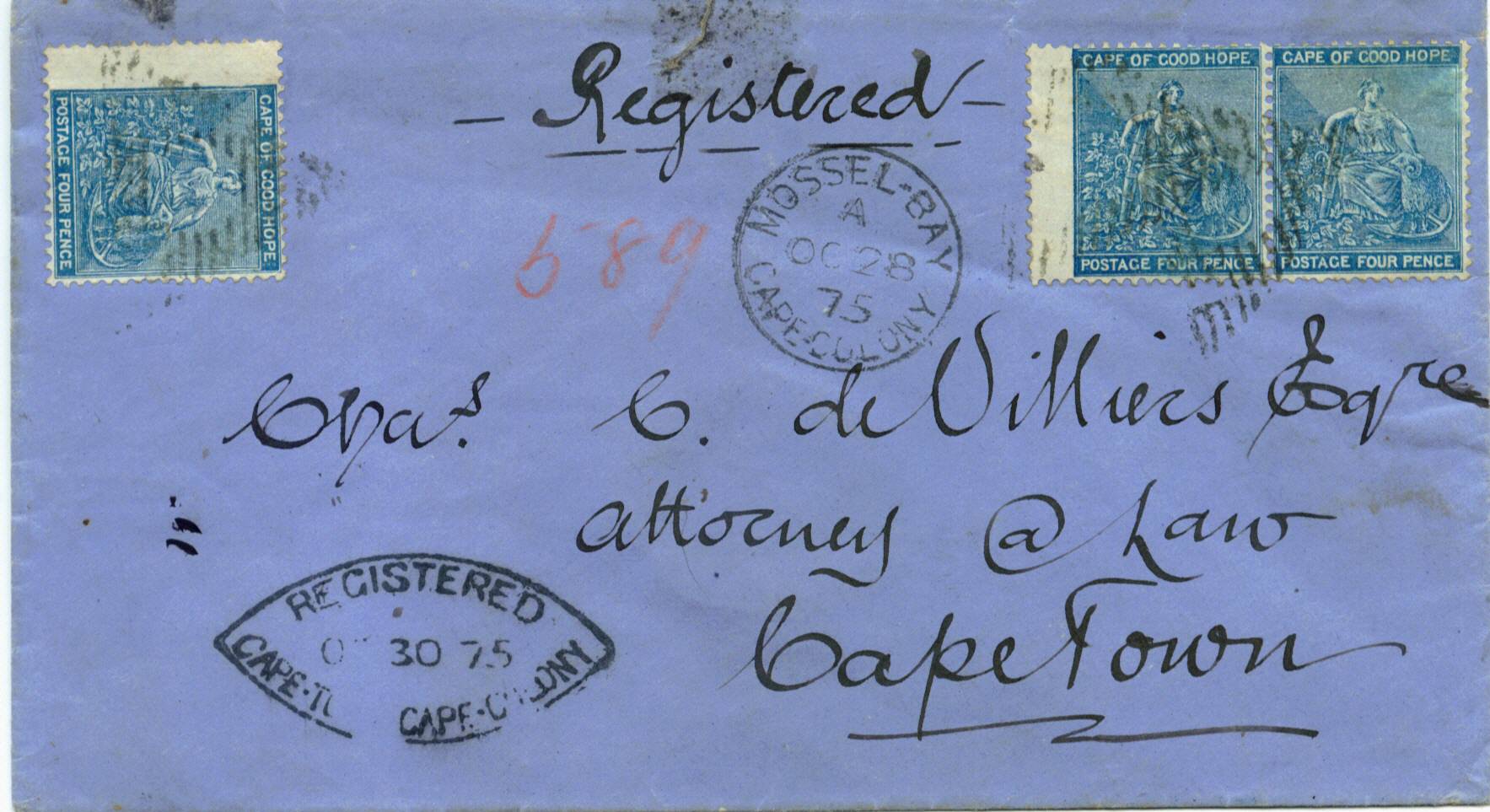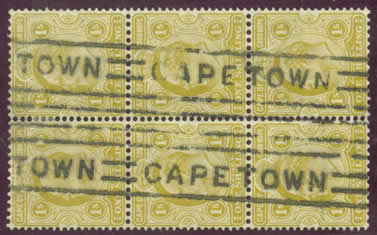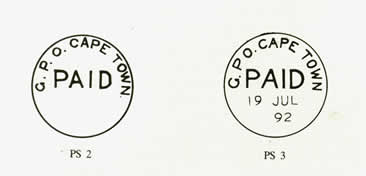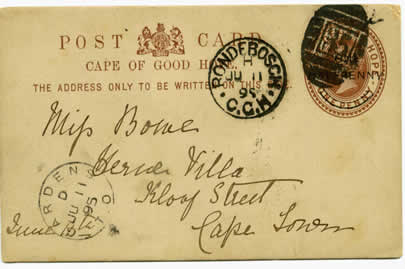Postmasters were required to use the ordinary letterstamps for defacing postage stamps on parcels. Damage often resulted as the hard face of the datestamp cut through the paper wrapping and to prevent this, postmasters and postal agents made their own personal dumb obliterators. Using cork or wood, they cut shapes and designs into the material.…
Category: Markings of the Ancillary Services
Registered Letters
Registration of letters appeared early in the Postal History of the Cape of Good Hope. Rhenius proclamation of the 2nd March 1792 provided for the establishment of a postal system at the Cape of Good Hope. This early postal system required that the Postmaster on payment of a fee of four stuivers, would record details…
Private Box Section
The first intimation of a proposed introduction of private post office boxes at the Cape of Good Hope was contained in a report dated 2 May 1853 by the Post Office Enquiry Board.
The Parcel Post – Introduction
Parcel services were established very early during the postal history of the Cape of Good Hope. The first official parcel service was established between the Cape of Good Hope and England as well as other colonies on 15 August 1815. An inland parcel post service was established on 1 July 1882 for the Cape Colony,…
Cheap Rate Mail
Although the application of an adhesive postage stamp provides a convenient means of prepaying for postage on a small number of letters, special handstamps were supplied to facilitate the handling of large batches of letters.
Newspaper Postmarks of The Cape of Good Hope
From approximately 1883, three postmarks (PS 4 to 6) sometimes called Argus Wheels, were in use on circulars as well as newspapers of the Cape of Good Hope.
Cape of Good Hope Telegraph Company 1860
The first telegraph line in southern Africa was inaugurated on 6th May 1860 in the Cape of Good Hope. It operated as a private enterprise, owned by the Cape of Good Hope Telegraph Company. It operated a line between Cape Town and Simonstown. Its first office was a wooden, pagoda-like structure on the comer of…

